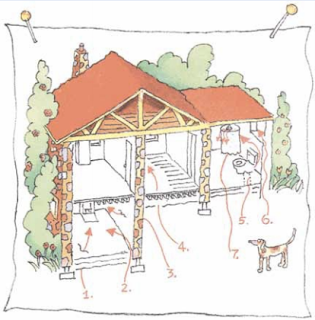DIY Radon Mitigation. A Step-by-Step Guide to a Radon-Free Home

Introduction Radon mitigation systems are great ways to remove radon from your home, but they can be tricky to install. DIY radon mitigation is no small feat, but for those confident enough in their abilities we are providing step-by-step instructions to a DIY Radon Mitigation system installation. Why Do it Yourself Radon Mitigation? Radon mitigation system installation can be expensive, and if you have radon you may feel like you cannot avoid that expense. You certainly should not go without a mitigation system over the long term if you know your home has high radon levels. So, how do you mitigate the expense, as well as the radon? Perform a DIY radon mitigation installation. We hinted at this above, but it bears repeating: installing a radon mitigation system is a serious task. Check out the steps in this article to see if you’re up for it. If any part of the installation steps make you uncomfortable, hire someone to install your system. You’ll save yourself a lot of hea


